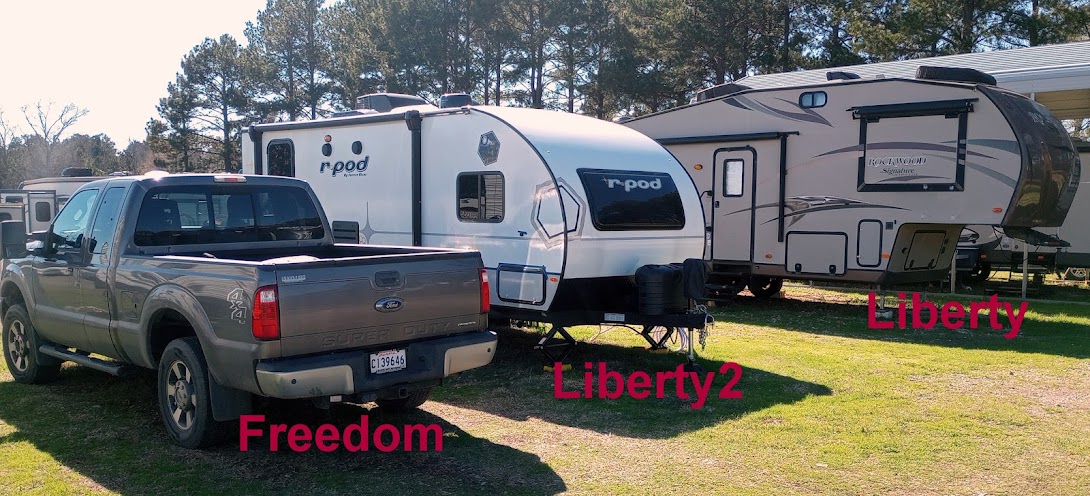 |
| Road leading to Appomattox Court House |
 |
| Courthouse building at end of road |
Lee reached the Appomattox area and was given the bad news that the supplies and supply line he had been hoping
 |
| McLean House |
 |
| McLean House |
 |
| Room where the signing took place |
 |
| Painting of the signing (sorry for the glare) |
the parlor for about 30 minutes before Grant, with several
 |
| What was actually signed |
 |
| Tavern where Paroles were printed |
 |
| Printing press with Paroles drying |
 |
| A copy of a Parole |
Interesting information: Wilmer McLean owned the farm where part of the First Battle of Bull Run was fought. This battle was one of the first of the war. He was too old to enlist, and being tired of war, he took his family to western Virginia in hopes of avoiding the war. He settled in Appomattox. It is a strange coincidence that he owned the land at the first battle and the house at the end.
It was a good day visiting a place I had heard about all my life.
Ya'll take care of each other. Cya.

No comments:
Post a Comment